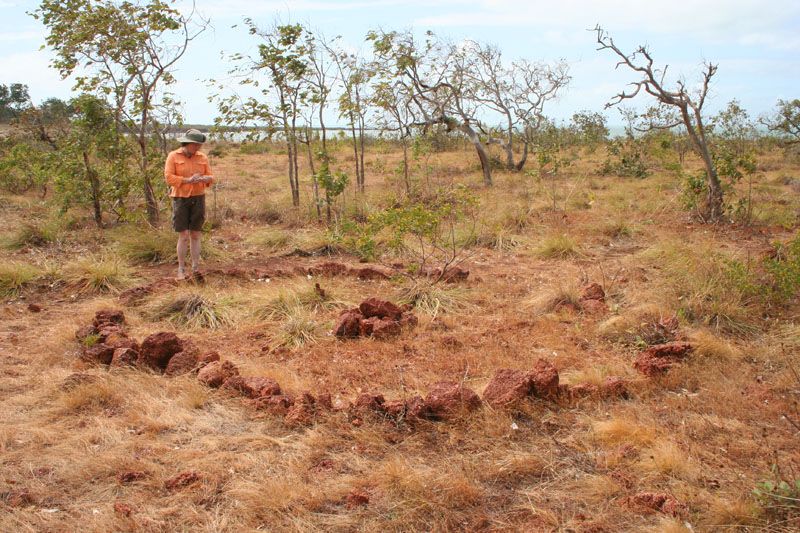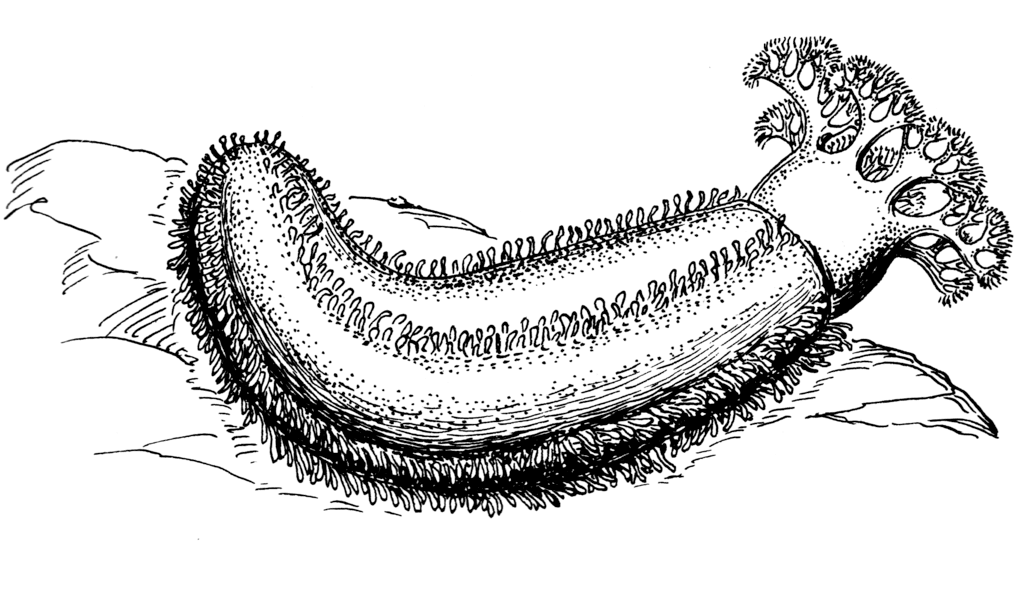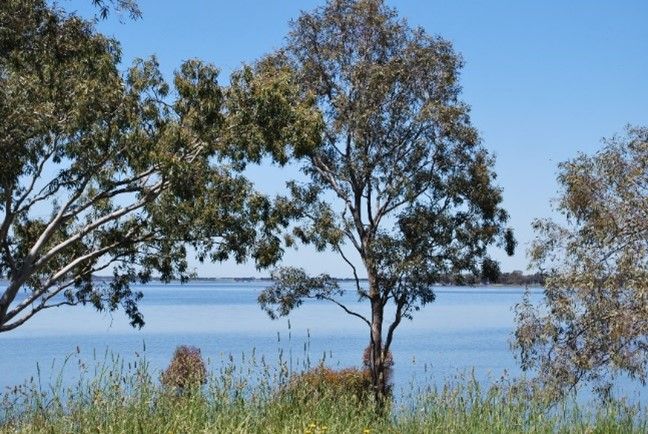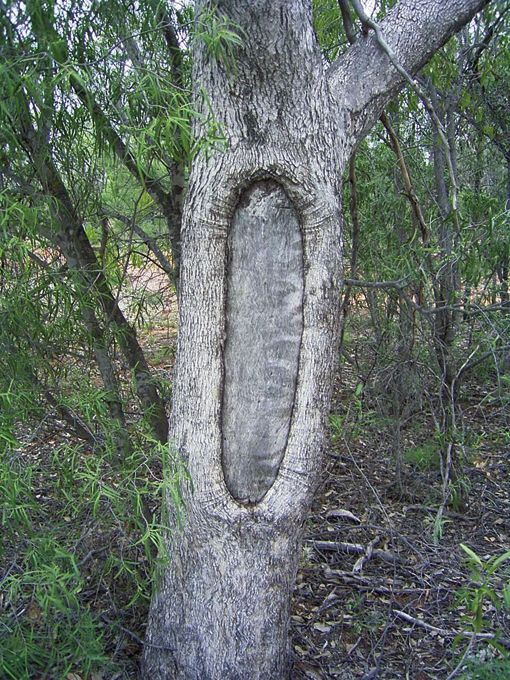Home/Curriculum resources/Reading and navigating through songlines/Case Study 4: The Wurrwurrwuy Makassan Stone Pictures, Northern Territory
Learning Areas:
English, Humanities and Social Sciences, Mathematics, The Arts
Year levels:
Level 3, Level 4

Case Study 4: The Wurrwurrwuy Makassan Stone Pictures, Northern Territory
This case study is a part of the Reading and navigating through songlines resource.
Makassan stone arrangement. Photographer: No author provided; Ray Norris assumed (based on copyright claims). Source: Wikimedia Commons. Used under licence: CC BY-SA 2.5.

Case Study 4: The Wurrwurrwuy Makassan Stone Pictures
The stone pictures at Wurrwurrwuy are an exceptionally rare example of stone arrangements in that they are images of things devoid of ceremonial or ritual content. Simply put, they are of ordinary events, and function as pictographic representations of things that were taking place currently. It is presumed that these images were non-sacred and not related to ceremony. These stone pictures contain a wide range of subjects, fish traps, camp sites and most notably many references to the Makassar Trepang industry.
The Makassans were people from Indonesia, who visited Australia in pursuit of trepang, an animal also known as bech-de-mere in French, gamat in Malay, or sea cucumber – a marine animal that lives on the sea floor, with a spiky, leathery skin around the size of a spring roll.

Figure 1: Sea Cucumber. Artist: Pearson Scott Foresman. Source: Wikimedia Commons. Used under licence: Public domain.
The trepang were very valuable to be sold to the Chinese market, as it was believed to possess medicinal properties. The Makassar visited the Kimberley region of far-Northern Australia, then later Arnhem land to trade with Aboriginal Peoples. The Makassans had distinctive boats known as praus, which we know a lot about, partly due to these stone pictures. The Makassans arrived by ship annually, to trade for trepang, which they dried on their boats, before selling them as both food and medicine.
What is happening to protect and preserve this site?
The Wurrwurrwuy Makassan stone pictures was named as a heritage place by the Northern Territory Heritage Register in 2013, signalling the great importance to Australian history. The site is actively protected and managed by Dhimurru Rangers, and it is proposed that Drone imagery and Light Detection and Ranging (LIDAR ) capture the site in its full extent whilst there is still the possibility of oral history able to explain the meaning of these cultural images. Similarly, LIDAR imaging has been carried out at Budj Bim, a UNESCO world heritage listed cultural landscape known for its complex aquaculture on Gunditjmara Country, and is used to reveal details that might not be instantly visible, including sites submerged under water.

Related case studies within this resources:
Case Study 1: Bunya Nut Festival, Queensland
The Bunya Nut Festival is an illustration of navigation for ceremony and social interaction.

Case Study 2: The Lake Bolac Stone Arrangement, Victoria
The Lake Bolac Stone Arrangement is an illustration of navigation for ceremony and social interaction.

Case Study 3: Dampier Rock Art Precinct, Western Australia
The Dampier Rock Art Precinct is an illustration of navigation to a site of significance.

Case Study 5: Scar Tree at Heide Yingabeal, Victoria
The Scar Tree at Heide Yingabeal is an illustration of markers to support navigation.